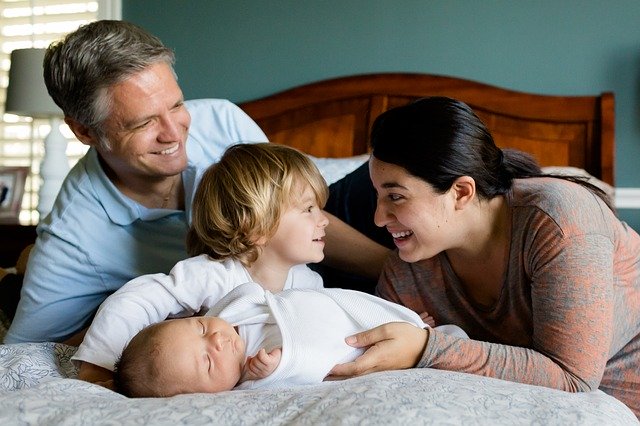3.4: Family Development Theory
- Page ID
- 77359
\( \newcommand{\vecs}[1]{\overset { \scriptstyle \rightharpoonup} {\mathbf{#1}} } \) \( \newcommand{\vecd}[1]{\overset{-\!-\!\rightharpoonup}{\vphantom{a}\smash {#1}}} \)\(\newcommand{\id}{\mathrm{id}}\) \( \newcommand{\Span}{\mathrm{span}}\) \( \newcommand{\kernel}{\mathrm{null}\,}\) \( \newcommand{\range}{\mathrm{range}\,}\) \( \newcommand{\RealPart}{\mathrm{Re}}\) \( \newcommand{\ImaginaryPart}{\mathrm{Im}}\) \( \newcommand{\Argument}{\mathrm{Arg}}\) \( \newcommand{\norm}[1]{\| #1 \|}\) \( \newcommand{\inner}[2]{\langle #1, #2 \rangle}\) \( \newcommand{\Span}{\mathrm{span}}\) \(\newcommand{\id}{\mathrm{id}}\) \( \newcommand{\Span}{\mathrm{span}}\) \( \newcommand{\kernel}{\mathrm{null}\,}\) \( \newcommand{\range}{\mathrm{range}\,}\) \( \newcommand{\RealPart}{\mathrm{Re}}\) \( \newcommand{\ImaginaryPart}{\mathrm{Im}}\) \( \newcommand{\Argument}{\mathrm{Arg}}\) \( \newcommand{\norm}[1]{\| #1 \|}\) \( \newcommand{\inner}[2]{\langle #1, #2 \rangle}\) \( \newcommand{\Span}{\mathrm{span}}\)\(\newcommand{\AA}{\unicode[.8,0]{x212B}}\)
Duvall’s Family Development Theory

Figure 1. A set of parents smile at their toddler and new baby. (Photo Source: Pixabay)
| STAGE | TASKS |
| Married couple without children | Navigating how to live together. Adjusting relationships with families-of-origin and social networks to include a partner. |
| Childbearing families with the oldest child between birth and 30 months. | Preparing and adjusting the family system to accommodate children. Developing roles as parents. Redefining roles with extended families. |
| Families with preschool children. | Socializing, educating and guiding children. Assessing and adjusting parenting roles as children age and more children join the family. |
| Families with school-age children. | Providing guidance to children while collaborating with outside resources (e.g., school, extracurricular activities). |
| Families with adolescents. | Adjusting parent-child relationships with adolescents to provide more independence with safe limits. Tending to parents’ midlife relationship and career issues. |
| Launching families (first to last child is leaving home). | Navigating adult-to-adult relationships with children. Resolving midlife issues. Caring for aging family members. |
| Middle-age families (“empty/spacious nest” to retirement). | Adjusting to being a couple without children living at home. Caring for aging family members. |
| Aging families (retirement to death of both spouses). | Learning new roles related to retirement, becoming grandparents, losing a partner, and health-related changes. |
- Duvall, E. M. (1988). Family development's first forty years. Family Relations, 37(1) 127-134. ↵
- Duvall, E. M. (1988). Family development's first forty years. Family Relations, 37(1) 127-134. ↵
- Laszloffy, T. A. (2004). Rethinking family development theory: Teaching with the Systematic Family Development (SFD) Model. Family Relations, 51(3), 206-214. ↵


